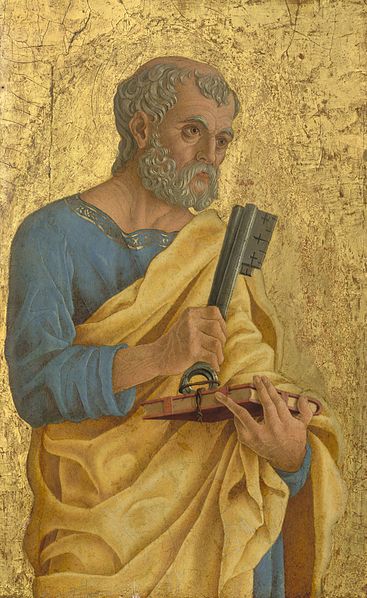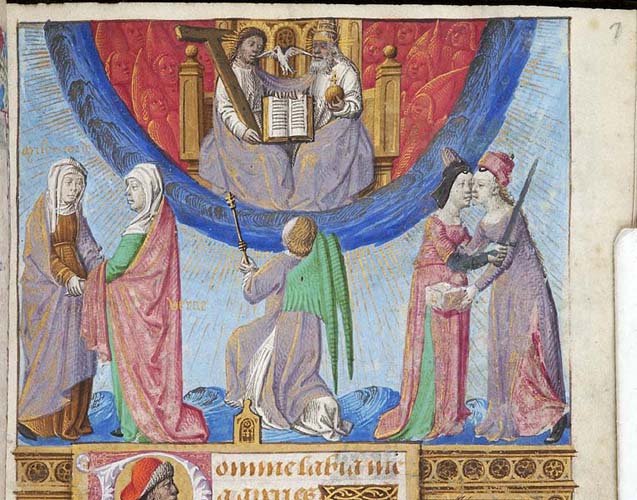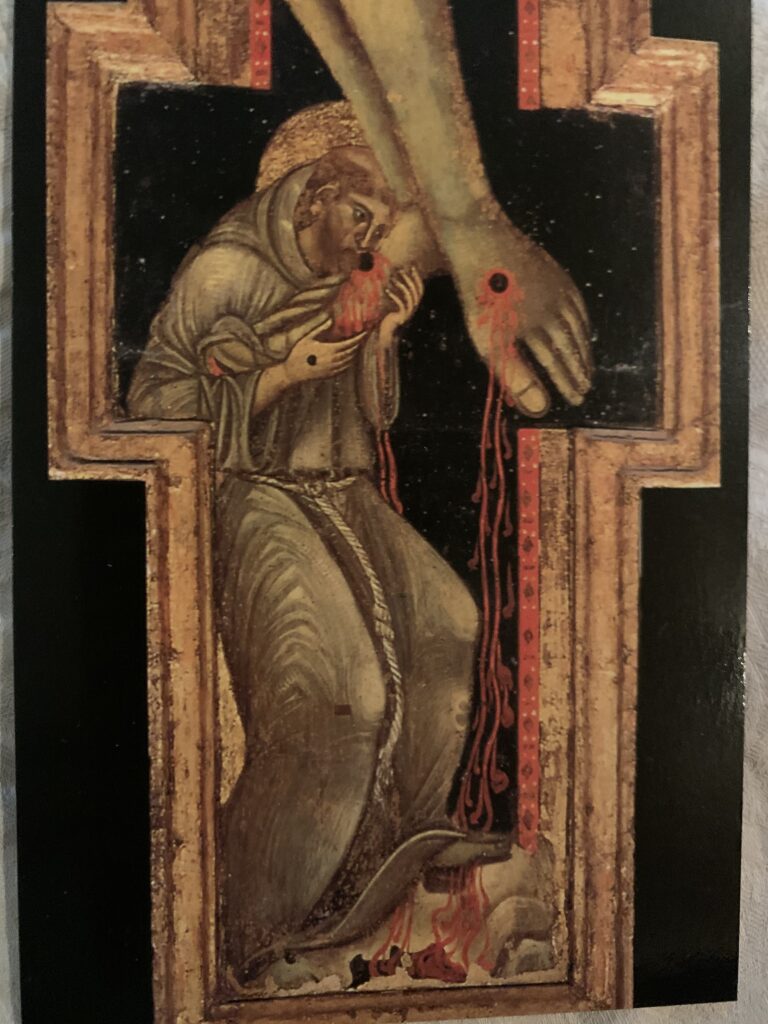
“Turn from evil and do good: seek peace and pursue it.” (Psalm 34:14) This verse can be paired with Psalm 37:28: “Turn from evil and do good, and dwell in the land forever.” God promises his people that if they turn from evil, i.e. repent (literally, “change direction”) and seek to do good, embracing peace, then they will dwell in the Promised Land forever. Embrace the relationship with God and dwell in his land of plenty; refuse to repent and experience exile and expulsion from the Promised Land just as Adam and Eve experienced expulsion from Paradise.
“Seeking peace” and “doing good” are poetic equivalents in these two verses. If we seek peace with our neighbors, especially those who disagree with us, and try to live in harmony with all creation then we will be doing good. Seeking peace necessarily involves seeking the welfare of our neighbors: feeding, visiting, caring for those in need. We express this liturgically by sharing the Kiss of Peace at the Eucharist; we express this at other times by serving at a soup kitchen or helping someone vote or giving a lonely–difficult?–person a phone call.
A few verses later in Psalm 37, we also read: “The righteous shall possess the land and dwell in it forever.” The righteous are those who repent, the ones who turn from evil. The righteous are not the people who never make mistakes; the righteous are the people who admit they have “missed the mark” and change direction in order to try again.
The apostle Peter refers to this verse from Psalm 34 in his first epistle:
“He who would love life and see good days, let him refrain his tongue from evil, and his lips from speaking guile: let him turn away from evil and do good; let him seek peace and pursue it. For the eyes of the Lord are on the righteous, and his ears are open to their prayers; but the face of the Lord is against those who do evil.” (1 Peter 3:11)
The apostle quotes these lines as he concludes urging his readers to have compassion and brotherly love for one another. There is no other way into the Promised Land, the Kingdom of God. Having entered the Kingdom, there is no other way to remain there but to keep changing direction and realigning ourselves with the peace, compassion, and harmony that is Divine life.


